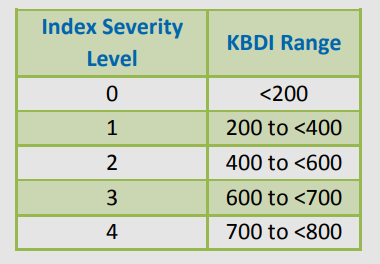
Above The historic 2016 drought revealed failings of the state’s former Drought Management Plan.
Vandana Rao, Director of Water Policy for the Executive Office of Energy and Environmental Affairs (EOEEA), referenced both the historic 2016 and 2020 droughts at the January 21st meeting of the Water Management Act Advisory Committee. In her presentation on the State’s newly released Drought Management Plan, Rao said, “to have those droughts occur when the new plan was being developed was enlightening. It was helpful to have that data to inform our recommendations.”
Under the old plan, the State’s drought response missed the onset of the 2016 drought by more than a month. The indices used to set drought levels back then were not sensitive enough. In the new MA Drought Management Plan, the indices look at precipitation, streamflow, groundwater, lakes and impoundments, crop moisture, and the KBDI as calculated by the Fire Chief.

What’s KBDI? The Keetch-Byram Drought Index is a number between 0-800 representing the amount of moisture in the top 8 inches of soil. Zero is saturated, 800 is maximum drought stress. It is calculated from recent precipitation measurements in relation to the average annual precipitation. It is important to note that the KBDI is customized for each geographic area and that often the scale shows less of a range in variation. KBDI index from MA Drought Management Plan.
The new plan also places more emphasis on community guidance for drought preparedness and response actions. Preparedness refers to key actions that can be taken at the local level before drought occurs to reduce its impacts. Says Rao, “We need to be better prepared. I don’t think we are, there’s a lot more that we can do.”
Subscribe to Ipswich River’s weekly emails for additional updates on Water Registrations, and more.
